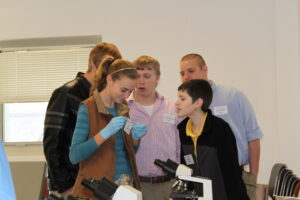
Nance Family Meat Goat Leadership Institute
The Nance family feels a strong commitment to the development of our future meat goat industry leaders. They would …



El inglés es el idioma de control de esta página. En la medida en que haya algún conflicto entre la traducción al inglés y la traducción, el inglés prevalece.
Al hacer clic en el enlace de traducción se activa un servicio de traducción gratuito para convertir la página al español. Al igual que con cualquier traducción por Internet, la conversión no es sensible al contexto y puede que no traduzca el texto en su significado original. NC State Extension no garantiza la exactitud del texto traducido. Por favor, tenga en cuenta que algunas aplicaciones y/o servicios pueden no funcionar como se espera cuando se traducen.
Inglês é o idioma de controle desta página. Na medida que haja algum conflito entre o texto original em Inglês e a tradução, o Inglês prevalece.
Ao clicar no link de tradução, um serviço gratuito de tradução será ativado para converter a página para o Português. Como em qualquer tradução pela internet, a conversão não é sensivel ao contexto e pode não ocorrer a tradução para o significado orginal. O serviço de Extensão da Carolina do Norte (NC State Extension) não garante a exatidão do texto traduzido. Por favor, observe que algumas funções ou serviços podem não funcionar como esperado após a tradução.
English is the controlling language of this page. To the extent there is any conflict between the English text and the translation, English controls.
Clicking on the translation link activates a free translation service to convert the page to Spanish. As with any Internet translation, the conversion is not context-sensitive and may not translate the text to its original meaning. NC State Extension does not guarantee the accuracy of the translated text. Please note that some applications and/or services may not function as expected when translated.
Collapse ▲
The Nance family feels a strong commitment to the development of our future meat goat industry leaders. They would …

April 27, 2024 Topics to be covered include: Preventative Health Management of Small Ruminants Vaccination programs Parasite mitigation strategies Nutritional and genetic considerations Lambing/Kidding 101 Troubleshooting …
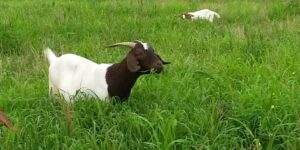
University of Wisconsin/Iowa State Small Ruminant Webinar Series March 27 – Rusty Burgett (National Sheep Improvement Program) April 24 – Dr. …

EQUIPMENT DEMO & IMPACT OF USE OF FERTILIZER / LIME ON HAY QUALITY Join us to learn more about how …
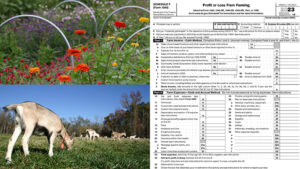
The Chatham County Center of North Carolina Cooperative Extension conducted a Farm Tax Webinar Series in February and March for about 350 …
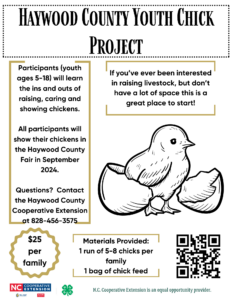
It’s finally spring time! The birds are chirping, the flowers are blooming and the chicks are hatching! Take advantage …

The Carolina Meat Conference supports a growing community committed to supporting sustainable food production through fostering regenerative production practices, …
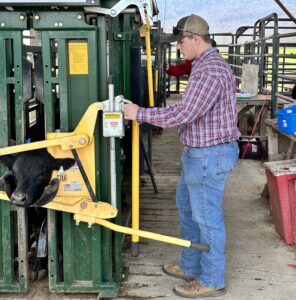
The Western Regional Youth Cattle Handling Contest will take place at the Mountain Research Station in Waynesville on March 26th starting …
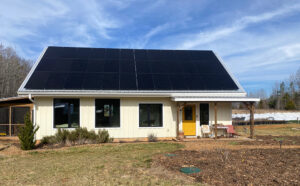
North Carolina Cooperative Extension of Chatham County is conducting a webinar on March 12 for farmers interested in renewable energy …
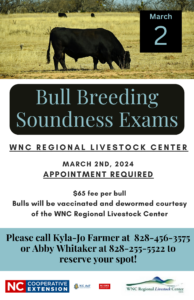
A complete BSE evaluates the physical characteristics of a bull necessary for mobility and athleticism in the pasture, structural …
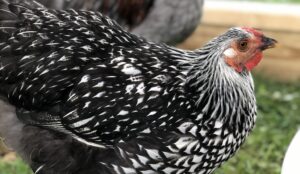
A commercial turkey operation in Lenoir County has tested positive for High Path Avian Influenza. The positive sample was …
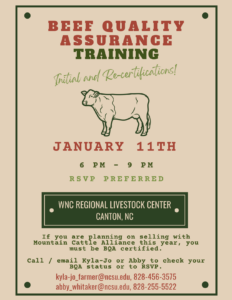
BQA Training available for all Beef Producers! If you are planning on selling with Mountain Cattle Alliance this year, you …

Haywood County 4-H Livestock Interest Club Meeting We’re excited to kick off the 2024 year with a 4-H Livestock Club …

The NC Forage and Grassland Winter Conference will be held at the Hickory Metro Convention Center on February 22, 2024. …
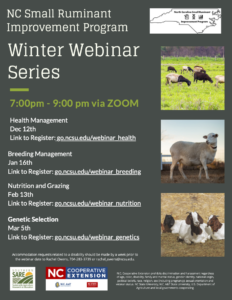
Mark your calendars! Registration is open for the 2023-2024 Small Ruminant Winter Webinar Series! These webinars will include panel discussions …

You’re invited to our 2023 WNC Beef Cattle Commission Christmas Party! The festivities are taking place Saturday, December 9 from 5-8 p.m. at the …

The Beef Cattle Genetics program in Extension is responsible for the North Carolina Beef Cattle Improvement Program at NC …

The neutral detergent fiber content of forages helps determine how much forage an animal can consume. Guessing the amount …
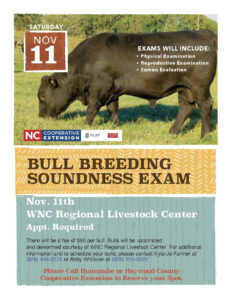
A complete BSE evaluates the physical characteristics of a bull necessary for mobility and athleticism in the pasture, structural …

This class is for anyone seeking to obtain an Animal Waste Operator Type B License and for operators who …
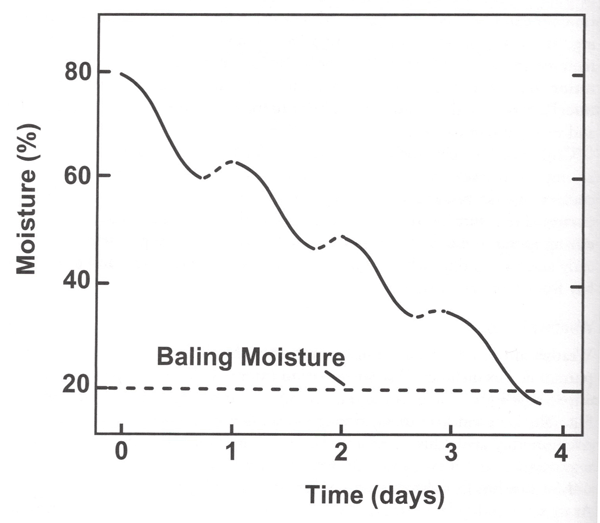
This publication addresses aspects of hay production as a method of conserving forage crops.

Cool-season annual forages like wheat, oats, and ryegrass can be used to feed livestock in …
This publication addresses nutrient management concerns as they relate to land application of animal wastes, …
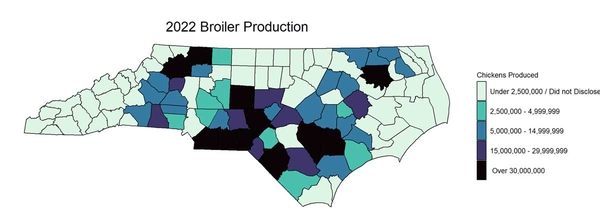
This publication discusses how excess zinc and copper from animal manure can lead to soil …

This publication discusses methods to measure the amount of grass available for grazing to help …

The longhorned tick (previously called the 'Asian longhorned tick') is an invasive tick spreading throughout …

This publication provides a general overview of silvopastures and discusses the results of forage productivity …
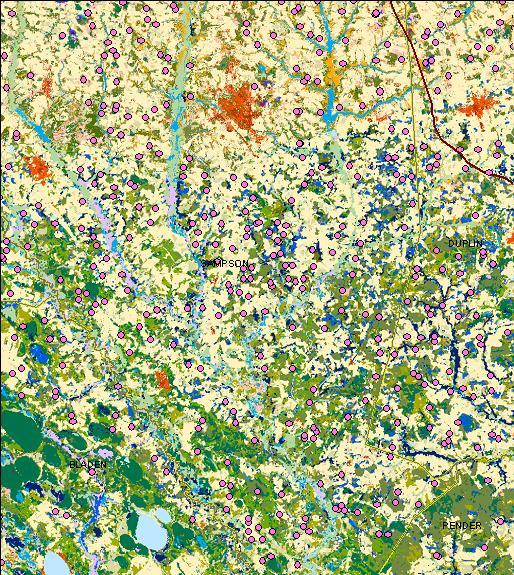
Applying swine manure to forestland that needs nitrogen and phosphorus can help swine producers manage …